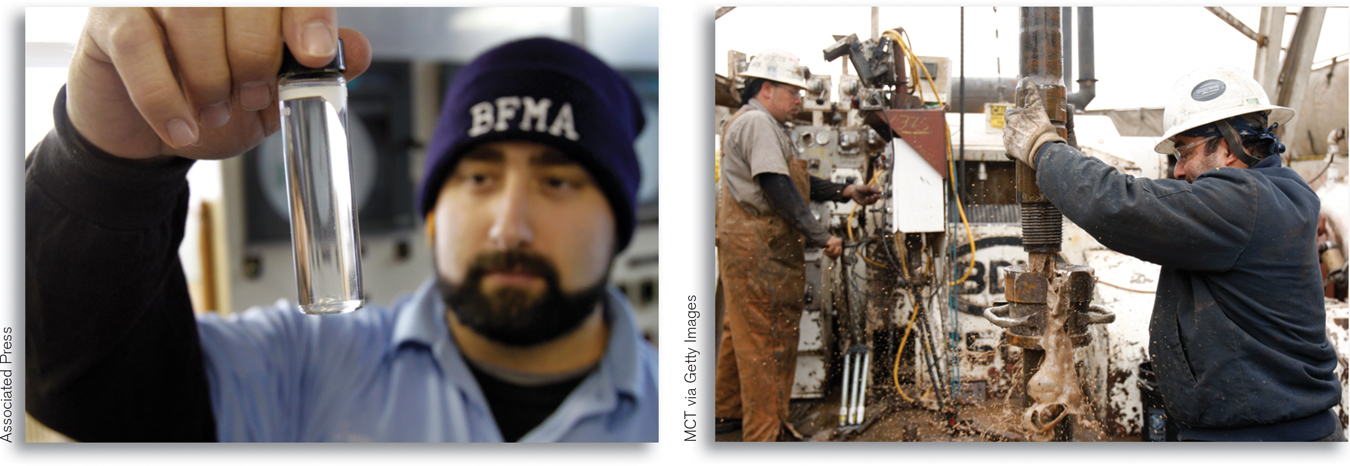12: Externalities
!arrow! What You Will Learn in This Section
What externalities are and why they can lead to inefficiency and government intervention in the market
How negative, positive, and network externalities differ
The importance of the Coase theorem, which explains how private individuals can sometimes remedy externalities
Why some government policies to deal with externalities, like emissions taxes, tradable emissions permits, or Pigouvian subsidies, are efficient and others, like environmental standards, are not
What makes network externalities an important feature of high-
tech industries
TROUBLE UNDERFOOT

MCT via Getty Images
IN JUNE 2013, RESEARCHERS AT Duke University published a paper with an unassuming title, “Increased stray gas abundance in a subset of drinking water wells near Marcellus shale gas extraction.” Yet the effects of that publication were anything but restrained. While its results are not definitive, the paper presented evidence that fracking—
You may recall our discussion of fracking in Section 3, where we learned that fracking has dramatically reduced the cost of energy in the United States, leading to lower heating bills for homeowners and lower production costs for suppliers. And fracking has the potential to significantly reduce air pollution as consumers and industries move from dirtier-
The dilemma posed by fracking is just one example of the dilemmas that are caused by externalities. An externality occurs when individuals impose costs or deliver benefits to others, but don’t have an economic incentive to take those costs or benefits into account when making decisions. We briefly noted the concept of externalities in Sections 1 and 4. There we stated that one of the principal sources of market failure is actions that create side effects that are not properly taken into account—
Externalities arise from the side effects of actions. First, we’ll study the case of pollution, which generates a negative externality—a side effect that imposes costs on others. Whenever a side effect can be directly observed and quantified, it can be regulated: by imposing direct controls on it, taxing it, or subsidizing it. As we will see, government intervention in this case should be aimed directly at moving the market to the right quantity of the side effect.